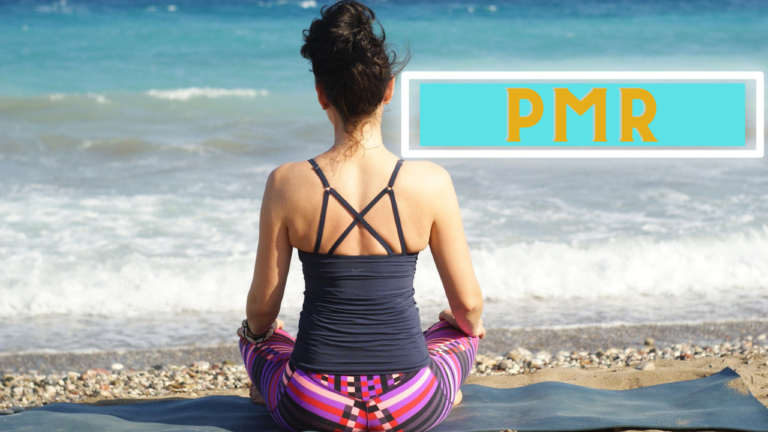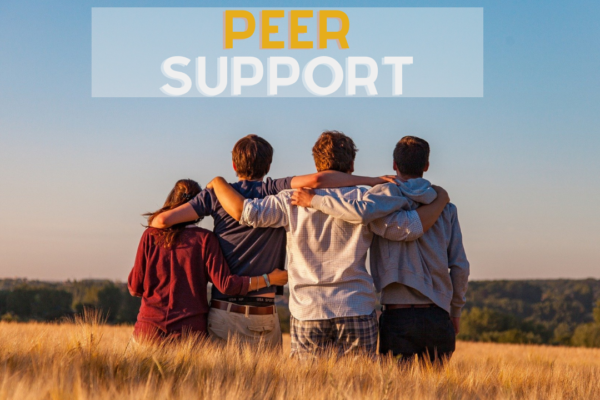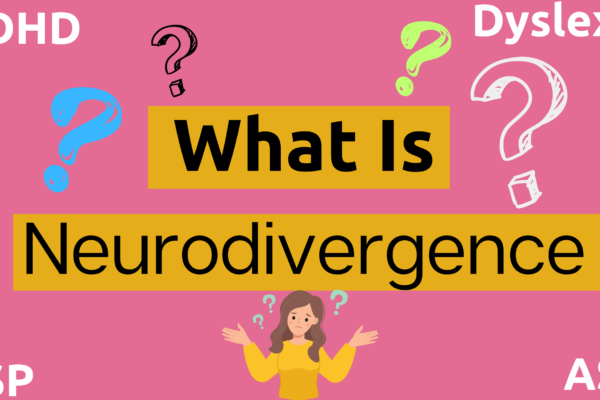In this post, I discuss how to use progressive muscle relaxation in concert with deep breathing as a means to calm anxiety.
What It Is
Progressive Muscle Relaxation (PMR) is a self-soothing technique taught by practitioners in mindfulness to aid others in calming the body. It can be effective for meditation, self-soothing, calming anxiety and grounding.
Progressive Muscle Relaxation is often used in concert with deep breathing in effort to engage the rest and digest response of the body. In case you missed it, you can see my post on Deep Breathing here, or my Youtube video tutorial here.
Progressive muscle relaxation is often used as a coping tool when deep breathing alone is not effective in calming the anxiety response.
A technique in which the individual is trained to relax the entire body by becoming aware of tensions in various muscle groups and then relaxing one muscle group at a time. In some cases, the individual consciously tenses specific muscles or muscle groups and then releases tension to achieve relaxation throughout the body. Also called Jacobson relaxation method; progressive muscle relaxation. [developed by U.S. physician Edmund Jacobson (1888–1983)]
-https://dictionary.apa.org/progressive-relaxation-
Why It Works
Progressive muscle relaxation is believed to be effective for two reasons:
- 1. It helps to raise the user’s understanding between a restful state and an anxious state. In short, strengthens the user’s somatic awareness.
- 2. It engages the rest and digest response of the body, tapping the breaks on the acute stress response, better known as the “fight or flight” mode.
The body responds to stress with muscle tension, which can cause pain or discomfort. In turn, tense muscles relay to the body that it’s stressed. That keeps the cycle of stress and muscle tension going. Progressive muscle relaxation helps break this cycle by reducing muscle tension and general mental anxiety. This method often helps people get to sleep.
-https://myhealth.alberta.ca/Health/aftercareinformation/pages/conditions.aspx?hwid=abs2086-
How It Works
- 1. Sit or lay in a comfortable position
- 2. Start deep breathing exercises
- 3. Tense muscle groups one at a time, starting at the toes, and working your way up the body to the shoulders and back down, tensing the muscle on the inhale and releasing on the exhale.
- 4. Remember with deep breathing, inhale through the nose, and exhale though the mouth.
There you have it, another tool to help you thrive!
Now go make good things happen.
Want to learn more? Check out my top picks for books on self-improvement and recovery HERE!
NEED CRISIS HELP? If you need immediate crisis help with your depression, you can call the National Suicide Prevention Lifeline at 1-800-273-8255 or text “START” to 741-741
OUTSIDE THE UNITED STATES: See International Suicide Hotlines
WHERE TO FIND MENTAL HEALTH HELP:
-NAMI Referral Helpline: 1-800-950-6264
-California’s Statewide Mental Health Helpline: 1-855-845-7415
admin
Latest posts by admin (see all)
- ADHD Tips for Therapists | with Dr. Jennifer Dall - May 28, 2025
- Why Therapy Fails Men (And How to Fix It) – Insights with Marc Azoulay - May 11, 2025
- The 4 Relationship Attachment Styles: What Every Therapist Needs to Know - April 26, 2025





